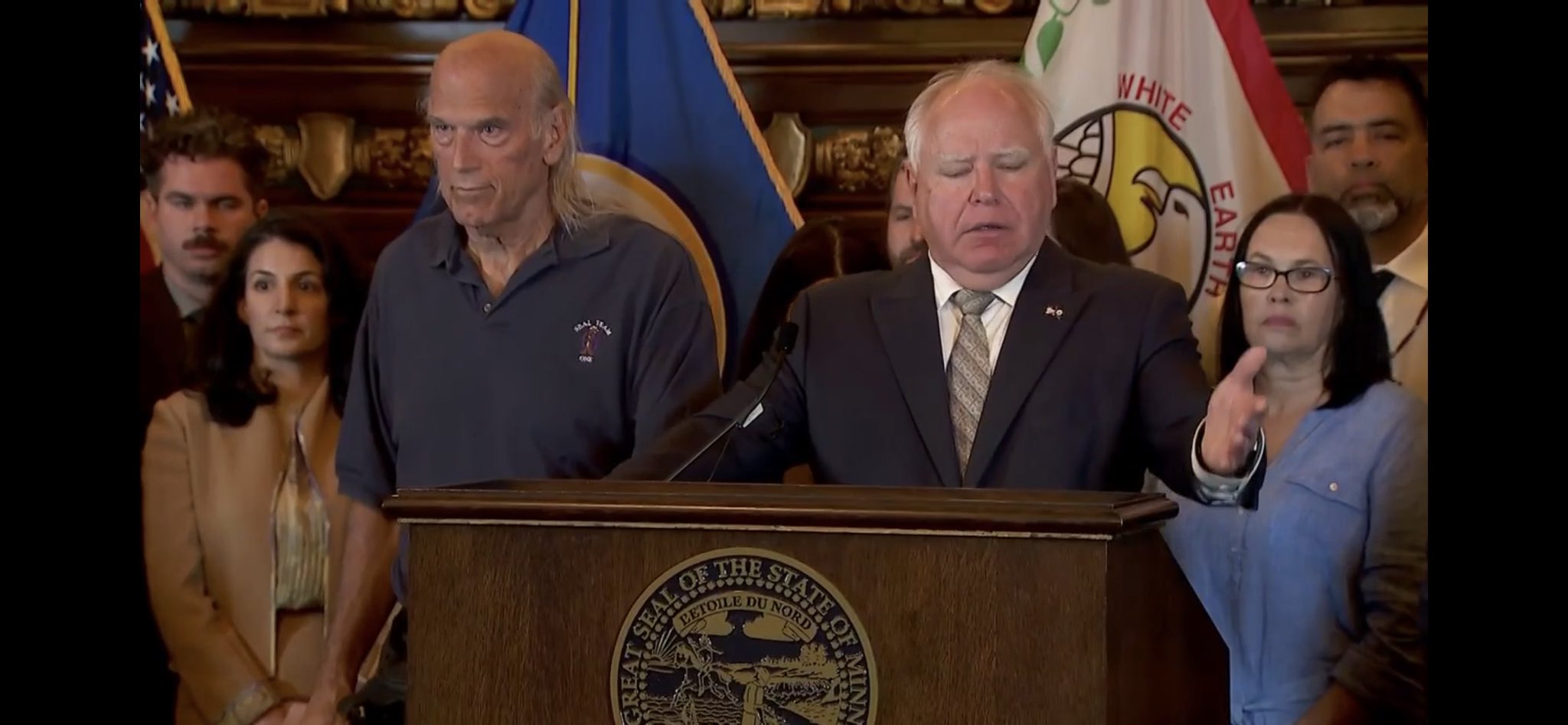Legal Pot Enforcement on Minnesota Streets
Minnesota is gearing up for a big change. On August 1, 2023, recreational cannabis will become legal in the state. Governor Tim Walz is ready to sign the bill into law. But before that can happen, there are many details that need to be worked out. One of the biggest challenges? Figuring out how police will test drivers suspected of driving under the influence of marijuana.
According to Paul Aasen, president of the Minnesota Safety Council, adding another legal substance to the list that can impair drivers will make things harder for law enforcement. Unlike alcohol, which can be measured with a blood alcohol content (BAC) limit of .08, THC dissolves in fat and is absorbed differently by the body. This makes it difficult to determine when a driver is too impaired to drive.
So what’s the solution? The bill proposes expanding oral fluid testing. However, this method only detects if the drug is present and not if someone is impaired. Another solution is a $15 million investment in drug recognition evaluators (DREs), who look for impairment based on physical tests. But there’s a catch - there are currently only 275 DREs in Minnesota and they are already thinly spread across the state.
The bill aims to train more DREs so that they are more readily available to police forces. But this presents another challenge - Minnesota law enforcement is currently understaffed by roughly 20%. This makes it difficult to cut someone loose for training or hire someone new to be trained.
In Colorado, where marijuana was legalized in 2012, the Denver Police Department does not utilize any devices that would detect if someone is driving under the influence of marijuana. Some officers do have DRE certification.
In the future, Aasen suggests that cars may be able to test drivers and prevent them from driving if they are impaired. Some cars can already detect if a driver is not looking at the road.
It’s important to note that THC levels can vary depending on whether it is consumed through eating or smoking and daily users can build up a tolerance to THC without always being high. This adds another layer of complexity to determining whether a driver is too impaired to drive.
The legalization of recreational cannabis in Minnesota will bring many changes and challenges. Law enforcement will need to adapt and find new ways to ensure that drivers are not driving under the influence of marijuana. The solutions proposed in the bill are a step in the right direction but there is still much work to be done.
